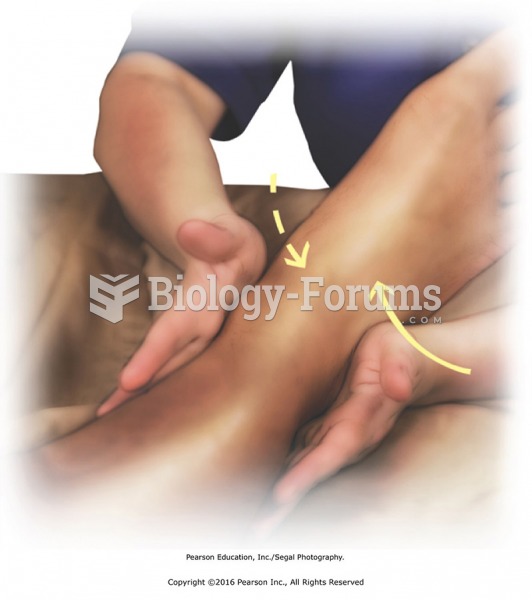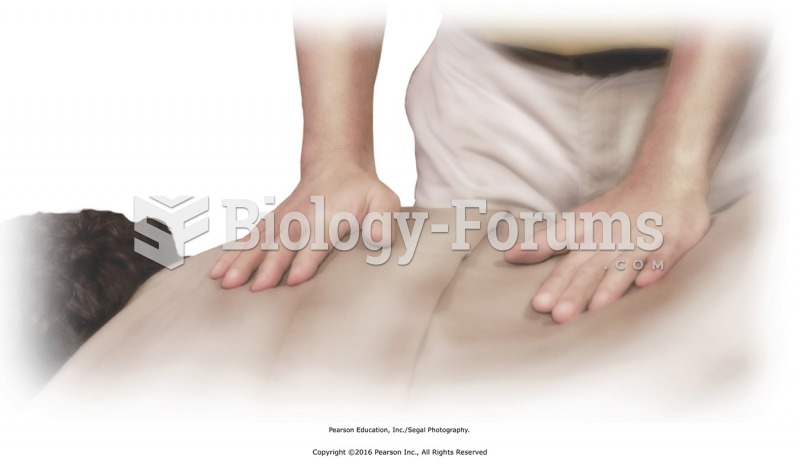|
|
|
The longest a person has survived after a heart transplant is 24 years.
The first monoclonal antibodies were made exclusively from mouse cells. Some are now fully human, which means they are likely to be safer and may be more effective than older monoclonal antibodies.
Malaria mortality rates are falling. Increased malaria prevention and control measures have greatly improved these rates. Since 2000, malaria mortality rates have fallen globally by 60% among all age groups, and by 65% among children under age 5.
In the United States, congenital cytomegalovirus causes one child to become disabled almost every hour. CMV is the leading preventable viral cause of development disability in newborns. These disabilities include hearing or vision loss, and cerebral palsy.
Everyone has one nostril that is larger than the other.
 Orrorin tugenensis may be among the oldest of the hominins, although its taxonomic position is still
Orrorin tugenensis may be among the oldest of the hominins, although its taxonomic position is still
 Adjusting a valve takes both hands—one to hold the wrench to loosen and tighten the lock nut and ...
Adjusting a valve takes both hands—one to hold the wrench to loosen and tighten the lock nut and ...
 Mobilize the ankle using the heels of the hands. Place the heels of the hands just under the ankle ...
Mobilize the ankle using the heels of the hands. Place the heels of the hands just under the ankle ...




